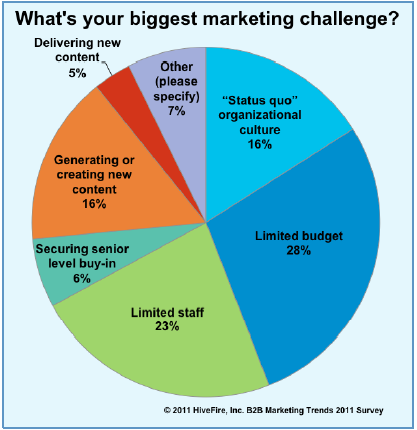The hard truths
October 22, 2011

How do you get clients to tell you the tough truth?
One of the things I loved about playing chauffeur to my daughter when she was younger were the conversations we’d have in the car. There’s something to be said about the implied “safety” of not looking the other person in the eyes when dealing with a difficult topic.
I think many couples will attest to how sometimes lying in bed in the dark can inspire one of them to raise an issue that for some reason felt more uncomfortable on the couch or over dinner.
The truth is… the truth is hard. Even if you candy coat it, sometimes what you have to say is going to upset the other person. And so you have to decide if you’re going to speak it anyway.
That’s not just true in our personal relationships. It’s true in business as well. Our customers probably have some hard truths to tell us. But unless they really love us — they’re not likely to muster up the courage to tell us to our face.
While that sounds great on the surface — after all who really wants to hear the bad stuff? But here’s the rub.
just like in our personal relationships — the longer something festers, the bigger a deal it becomes. And sooner or later, it can poison a relationship.
So how do you create the “riding in the car” feel with a client?
Hire a confidante: Clients want you to know and they want to tell you. But they don’t want to hurt your feelings and they don’t want to have an awkward conversation. But, they will, especially if you ask them to, talk about you to someone else.
We do this sort of thing for clients all the time and never in my 25+ year career has it failed to result in some significant changes and insights.
Conduct an anonymous survey: If you allow them to vent without attaching their name to the document, they may be more candid. I think our clients want us to be successful and they want us to be the best
Brave it: Make a point of taking your best clients out to lunch/drinks/dinner a few times a year. Point blank ask them — how could we be better? You can ask it in a variety of ways — “if you could wave a magic wand and change something about us, what would you change?”
It’s our job to make it possible for our clients to tell us the hard truths. It sure beats them telling us goodbye.
Photo courtesy of BigStock Photos
More























